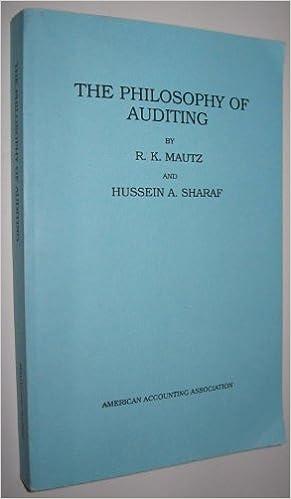
Tax effects of business combinations (nontaxable, market value differs from book value) Assume that on January 1, 2013, an investor company acquired 100% of the outstanding voting common stock of an investee company in exchange for $75,000 worth of investor company common stock. The transaction is a tax-free reorganization under the Internal Revenue Code. The following financial statement information is for the investor company and the investee company on January 1, 2013, prepared immediately before this transaction. Book Values Investor Investee Current assets $75,000 $40,000 Noncurrent assets 112,500 50,000 Total assets $187,500 $90,000 Liabilities $75,000 $40,000 Common stock ($1 par) 10,000 5,000 Additional paid-in capital 65,000 40,000 Retained earnings 37,500 5,000 Total liabilities & equity $187,500 $90,000 Assume that the fair values of the investee's net assets approximated the recorded book values of the investee's net assets, except the fair value of the investee's identifiable noncurrent assets is $10,000 higher than book value. In addition, the investee's pre- transaction tax bases in its individual net assets approximate their reported book values. Any book-tax differences relate entirely to tax-deductible items. Assume the marginal tax rate is 40% for the investor and investee. What amount of goodwill should be reported in the investor's consolidated balance sheet prepared immediately after this business combination? $11,000 $15,000 $25,000 $19,000 Tax effects of business combinations (nontaxable, market value differs from book value) Assume that on January 1, 2013, an investor company acquired 100% of the outstanding voting common stock of an investee company in exchange for $75,000 worth of investor company common stock. The transaction is a tax-free reorganization under the Internal Revenue Code. The following financial statement information is for the investor company and the investee company on January 1, 2013, prepared immediately before this transaction. Book Values Investor Investee Current assets $75,000 $40,000 Noncurrent assets 112,500 50,000 Total assets $187,500 $90,000 Liabilities $75,000 $40,000 Common stock ($1 par) 10,000 5,000 Additional paid-in capital 65,000 40,000 Retained earnings 37,500 5,000 Total liabilities & equity $187,500 $90,000 Assume that the fair values of the investee's net assets approximated the recorded book values of the investee's net assets, except the fair value of the investee's identifiable noncurrent assets is $10,000 higher than book value. In addition, the investee's pre- transaction tax bases in its individual net assets approximate their reported book values. Any book-tax differences relate entirely to tax-deductible items. Assume the marginal tax rate is 40% for the investor and investee. What amount of goodwill should be reported in the investor's consolidated balance sheet prepared immediately after this business combination? $11,000 $15,000 $25,000 $19,000







